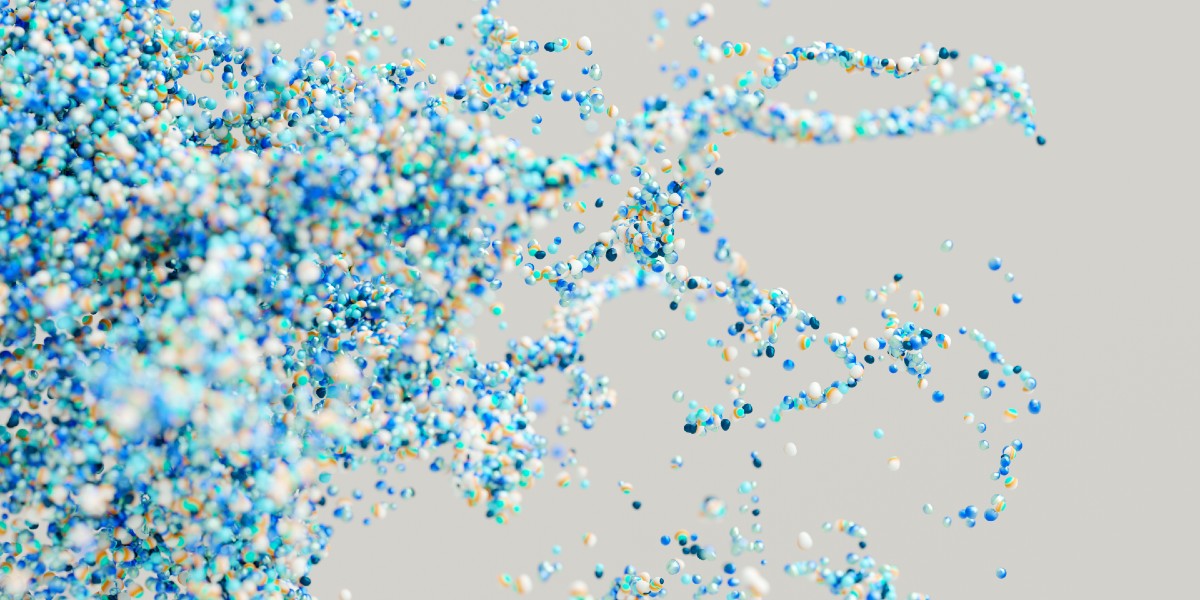
Toll processors utilize a variety of wet and dry milling techniques to achieve ultra-fine powders with precise particle sizes. Wet grinding, also known as wet media milling, is often the preferred method when it comes to reducing particles to extremely fine dimensions — reaching down to the micrometer and even nanometer scale. This process involves suspending particles in a liquid medium, which helps improve dispersion and reduce particle size more efficiently, making it ideal for applications requiring exacting standards in particle uniformity and size.
Fine milling, micronization, and nanonization can be particularly useful for improving processability and efficacy of active ingredients, as in pharmaceuticals or agrochemicals.
Wet grinding is also ideal for achieving extremely fine particle sizes and high surface areas, maximizing the vibrancy and opacity of pigments in paints, inks, coatings, cosmetics, and food ingredients. By enhancing the effectiveness of smaller quantities, wet grinding helps manufacturers reduce raw material costs across industries—from metal ores and ceramics to industrial chemicals and pharmaceuticals.
Read on to explore the steps involved in wet grinding and how the process adapts to different project needs.
How does wet grinding work?
Wet milling machines can include horizontal media mills, attritor mills, cascading type ball and/or bead mills, and basket or batch mills. Unlike dry mechanical or jet milling, wet grinding involves multiple specialized steps that can vary depending on the unique properties of the raw material.
To meet precise particle specifications, material scientists and wet grinding experts carefully select, adjust, and control several key variables, including:
- Ingredients, quantities, and ratios of the liquid slurry
- Types and sizes of milling media
- Mill speed
- Temperature
- Processing time
Understanding the Steps in Wet Grinding
Step 1: Wetting
The first step in wet grinding is to remove air from the raw material surface, ensuring each particle fully contacts the liquid slurry. This requires a liquid with a lower surface tension than the solid’s free surface energy for effective milling.
Selecting the right liquid, whether aqueous or solvent, depends upon the material being milled. Hydrophilic raw feeds, such as titanium dioxide (TiO2) wet easily in aqueous milling media. Others can require solvent-based slurries, surfactants, or other specialty wetting agents.
Step 2: Charging the media mill
As the raw feed circulates through the slurry, particles collide with each other and the milling media, reducing their size through impact and shear forces. The choice of milling media—based on the material’s characteristics and desired particle size—includes options like glass, steel, tungsten carbide, ceramic, zirconium oxide, and polymer resins. The mill is partially loaded with media that circulates with the slurry.
The size of grinding media also impacts final particle size and morphology. Toll processor technical experts can conduct small-scale trials on a wet mill to identify the optimal combination of media, speed, and time before scaling up to full production on larger wet milling equipment.
Step 3: Deagglomeration
Many raw materials have a tendency to clump together, or agglomerate. To properly disperse solid particles in the liquid slurry, they must first be separated, or deagglomerated.
This is accomplished using mechanical energy to agitate the powdered raw feed in the liquid, whether using a blade mixer in a premix tank or in a media mill.
Step 4: Dispersion in a liquid slurry
Once the raw feed is deagglomerated, complete dispersion of the solid particles throughout the liquid slurry ensures uniform wet grinding. This can be achieved using either a blade dispersion blender or a wet mill to finely disperse denser, harder materials. The ratio of liquid slurry to solid raw feed affects viscosity, which in turn impacts milling efficiency.
To prevent sedimentation or flocculation, deagglomerated and dispersed raw feeds often require stabilization. For materials like inorganic pigments and ores, dispersion additives typically do the job. A trusted toll processor’s material science experts can recommend the right stabilizers for your wet grinding project. The selection and amount of surfactants, stabilizers, and other additives are crucial for successful milling, making expert guidance essential.
Step 5: Wet Grinding (and Recirculation)
In this step, the liquid slurry with dispersed solids is circulated through the wet mill with grinding media until the desired particle size and surface characteristics are achieved. This may require multiple passes and speed adjustments by an expert operator. While time-consuming, wet media milling generally consumes less energy than dry milling, contributing to lower overall costs.
During this step in the process, material samples may be analyzed for quality assurance and process control. A toll processing partner’s in-house analytical capabilities can expedite the completion of wet milling projects, eliminating the need to wait for external lab testing and analysis.
Step 6: Separation
After circulating (and recirculating) the material and media in the mill until the target particle size specifications have been achieved, the slurry is screened to separate the milling media from the product.
Step 7: DRYING OR Degassing
Whether the liquid slurry is degassed or dried depends on the intended use of the milled material. Degassing removes any air or gases trapped in the suspension, ensuring the final product stays dispersed in liquid.
If a dried powder is the desired final product, an additional drying step is needed, typically using fluidized bed or flash drying equipment. While this step adds time and cost, dry powders are generally more economical to ship than liquids.
A trusted toll processing partner can guide you to the ideal milling process—wet grinding or dry—based on your specific needs. Their experts optimize each step in the wet mill process for maximum efficiency, quality, and cost-effectiveness, ensuring your goals are met, no matter the industry, material, or particle specifications.
You’ll find an overview of wet media milling in our Wet Grinding vs Dry Grinding Comparison Guide, along with explanations of a wide range of milling and grinding technologies and processes. Discover the methods and capabilities toll processors use to meet your specifications. Download your copy today by clicking the link below.


.png?width=100&height=110&name=CPS-Logo-rgb-no-callout%20(1).png)
